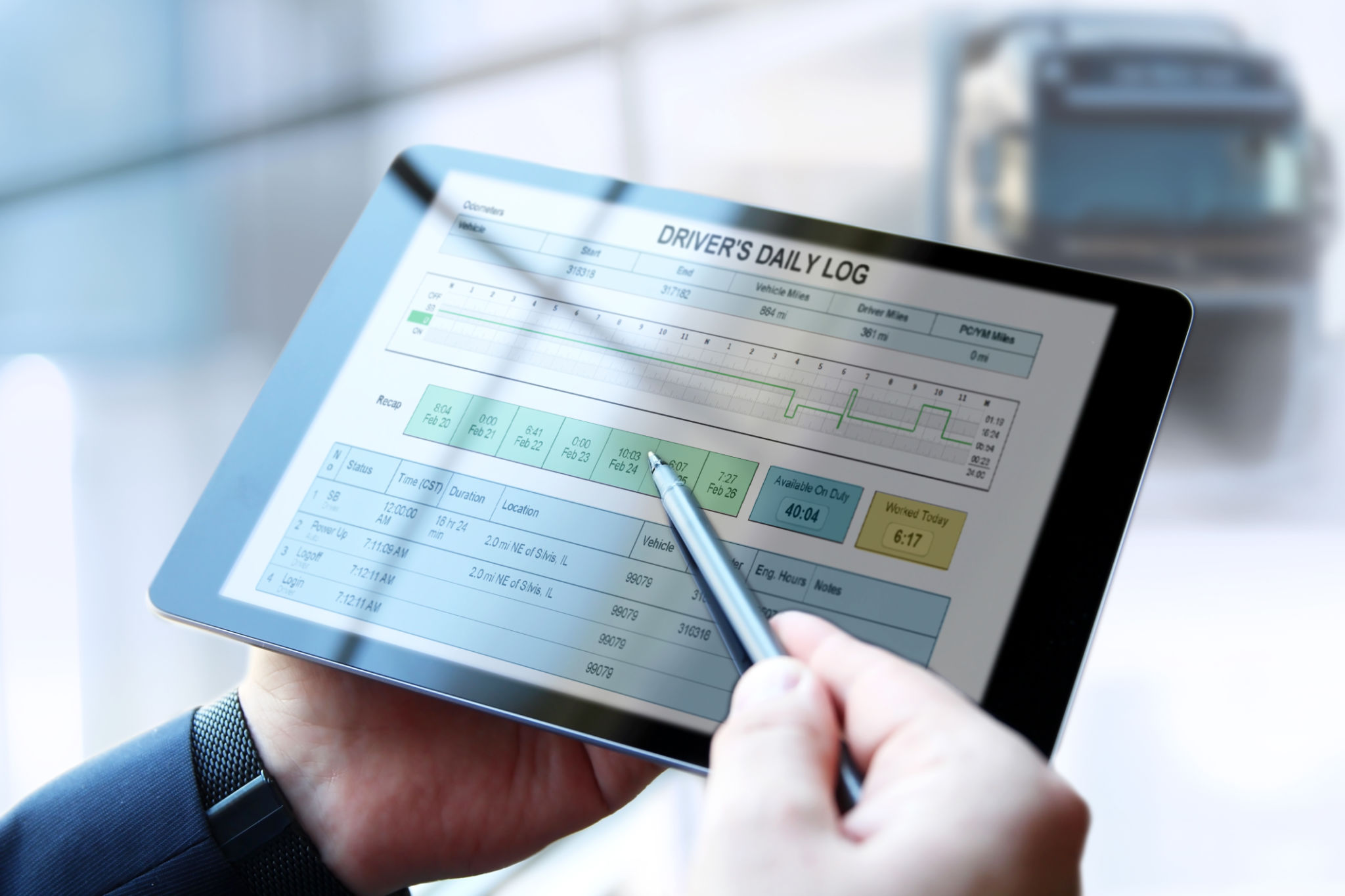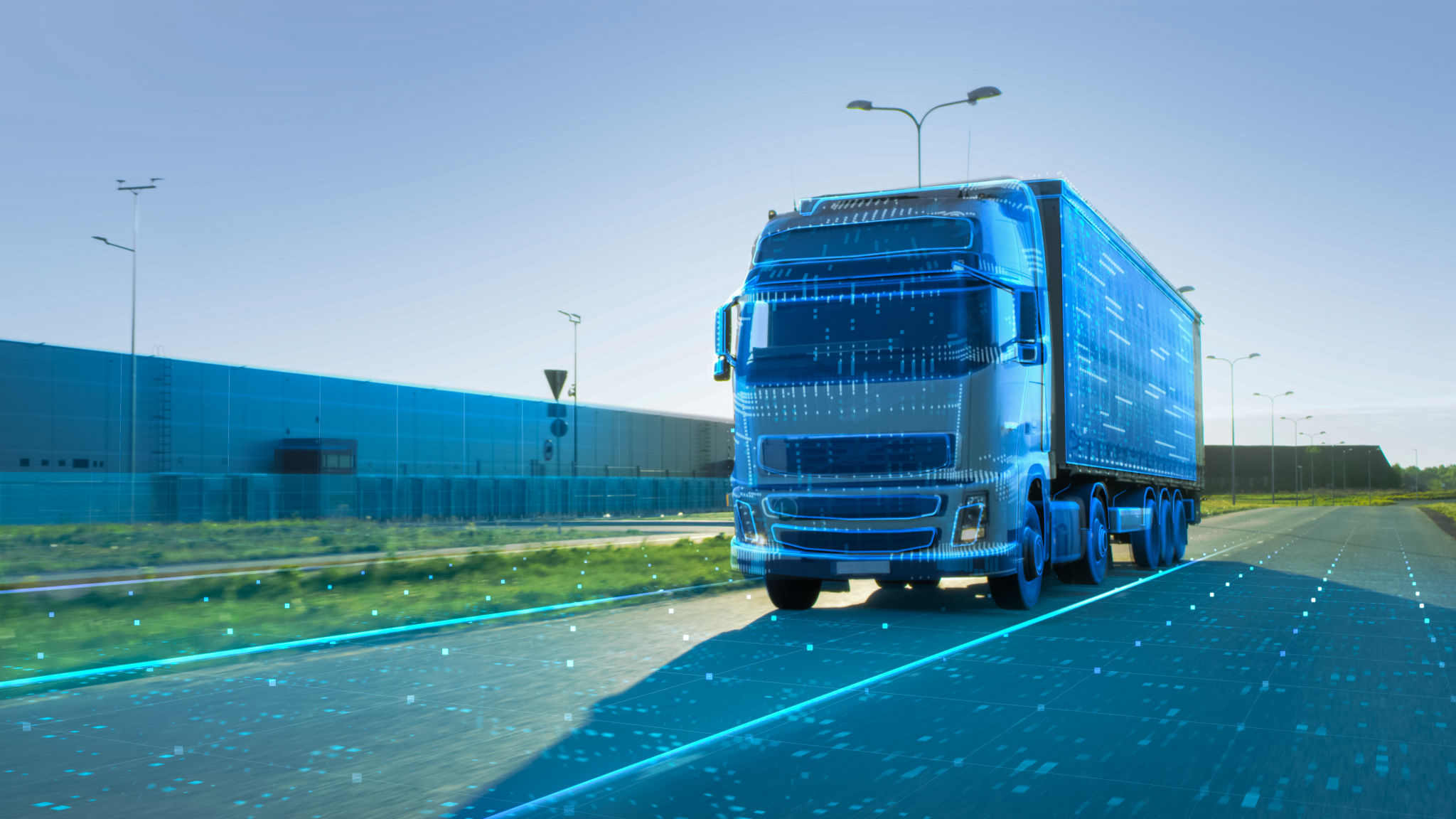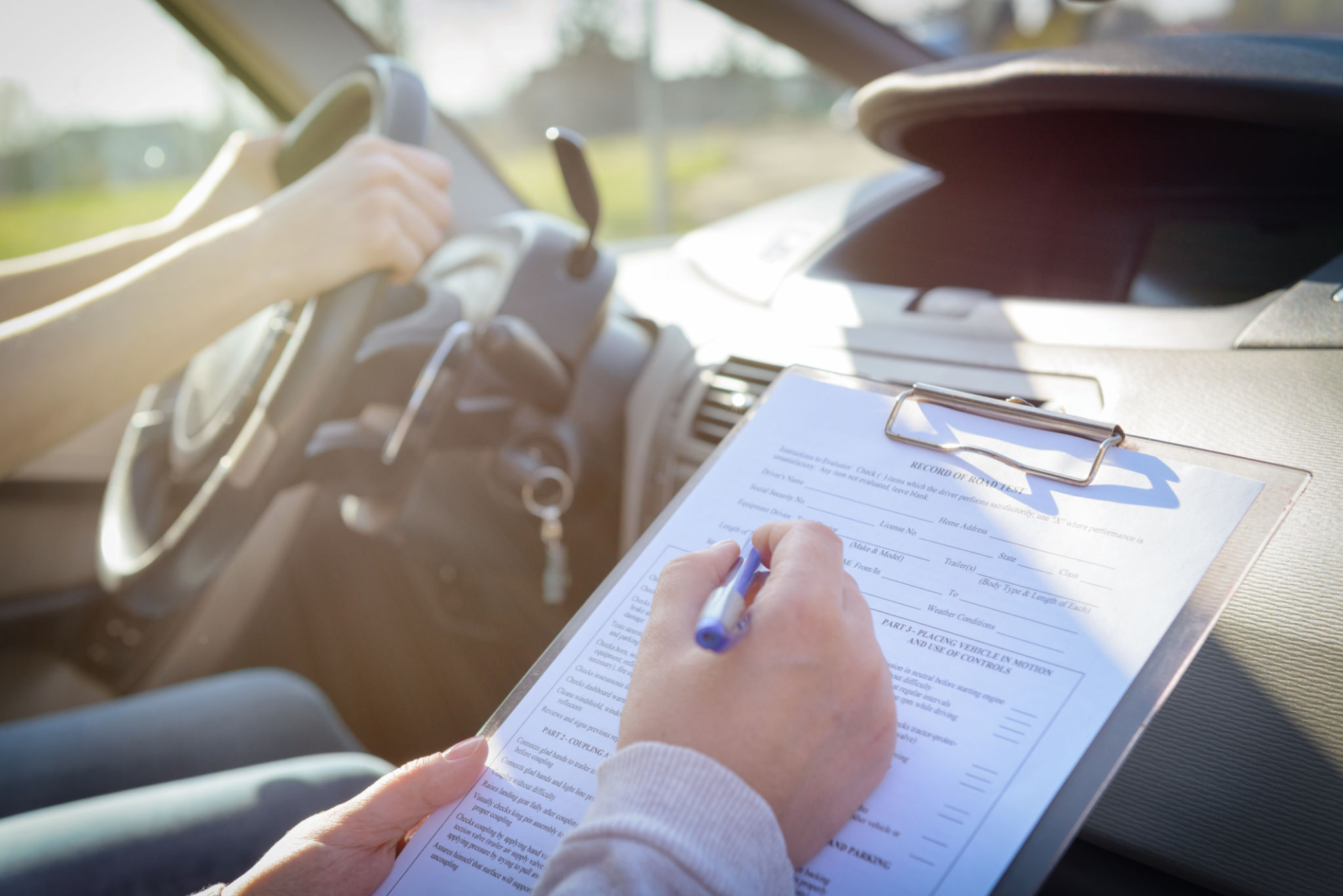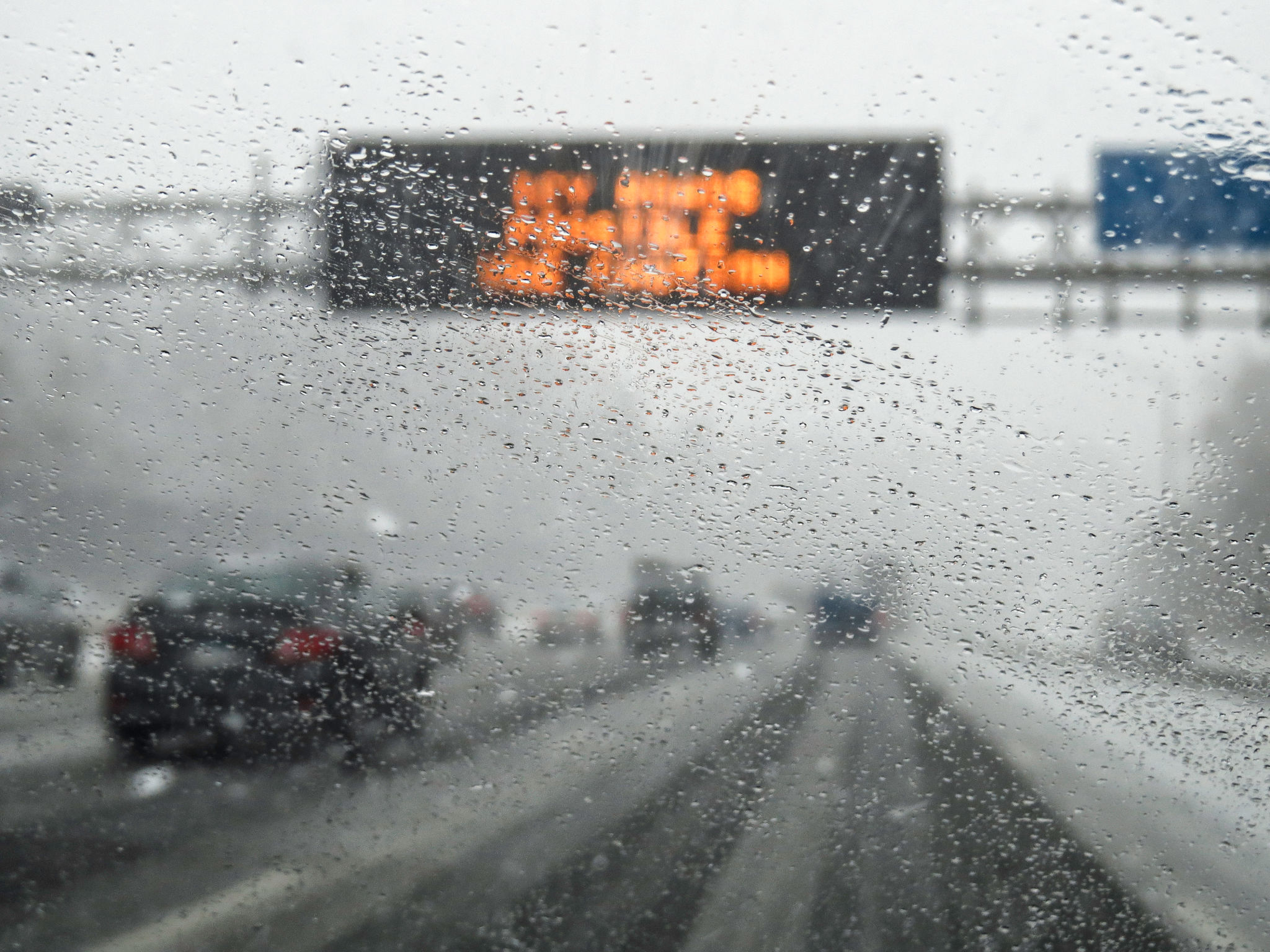Comparing Trucking Safety Practices: USA vs. Global Perspectives
Introduction to Trucking Safety Practices
Trucking safety is a critical component of the global logistics industry. Different countries have developed unique strategies to ensure the safety of their roads and drivers. In this post, we will compare the trucking safety practices in the United States with those from a global perspective, highlighting key differences and similarities.
Regulatory Frameworks: USA vs. Global Practices
The regulatory framework governing trucking safety varies significantly across the globe. In the United States, the Federal Motor Carrier Safety Administration (FMCSA) plays a pivotal role in setting regulations. These include hours-of-service rules to prevent driver fatigue and stringent vehicle inspection requirements to ensure roadworthiness.
In contrast, many other countries have their own regulatory bodies and practices. For instance, European countries follow the regulations set by the European Union, which also places a strong emphasis on driver training and vehicle maintenance. However, some developing countries may have less stringent regulations, often due to economic constraints.

Technological Innovations in Trucking Safety
Advancements in technology have significantly impacted trucking safety worldwide. In the United States, technologies such as Electronic Logging Devices (ELDs) are mandated to monitor driving hours and ensure compliance with safety regulations. These devices help reduce human error and increase accountability.
Globally, countries are adopting similar technologies at varying paces. For instance, Japan and South Korea have embraced advanced telematics systems that provide real-time data on vehicle performance and driver behavior. Meanwhile, some regions are still in the early stages of integrating such technologies into their trucking industries.

Driver Training and Education
Driver training is a cornerstone of trucking safety. In the United States, drivers must undergo extensive training and testing to obtain a commercial driver's license (CDL). This process ensures that they are well-equipped to handle the complexities of operating large vehicles on busy roads.
In other parts of the world, the approach to driver training can vary. European countries often have rigorous training programs similar to those in the U.S., while other regions may have less comprehensive requirements. This disparity can impact overall safety records and highlights the importance of standardized training protocols.

Infrastructure and Road Conditions
Infrastructure quality and road conditions play a significant role in trucking safety. The United States boasts an extensive network of highways designed to accommodate large trucks, which contributes to safer and more efficient transport.
Conversely, in many developing countries, infrastructure can be a significant challenge. Poorly maintained roads and inadequate signage can increase the risk of accidents. However, some nations are making strides in improving their infrastructure to support safer trucking operations.
Cultural Attitudes Toward Safety
Cultural attitudes toward safety can also influence trucking practices. In the U.S., there is a strong cultural emphasis on safety compliance and enforcement. This focus is reflected in the rigorous adherence to regulations and regular safety audits conducted by authorities.
Globally, cultural attitudes can vary widely. In some regions, there may be less emphasis on strict compliance due to differing societal norms or economic pressures. Understanding these cultural differences is crucial for multinational companies operating fleets across various countries.

Conclusion: Learning from Each Other
The comparison of trucking safety practices between the United States and other countries reveals both distinct differences and opportunities for collaboration. By sharing best practices and learning from each other's successes and challenges, countries can enhance their trucking safety standards and contribute to a safer global logistics network.
Ultimately, as the world becomes more interconnected, international cooperation in trucking safety will be essential for fostering safer roads for everyone.